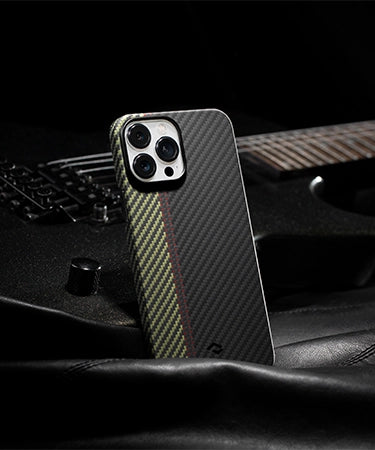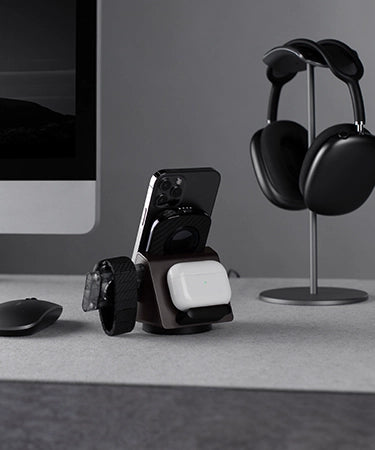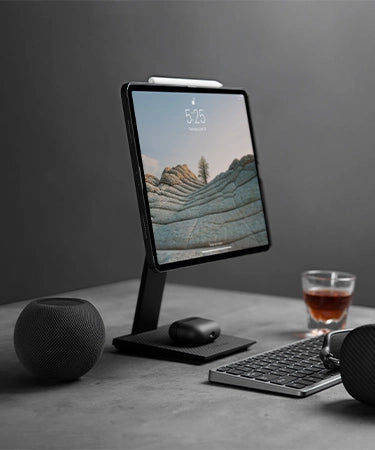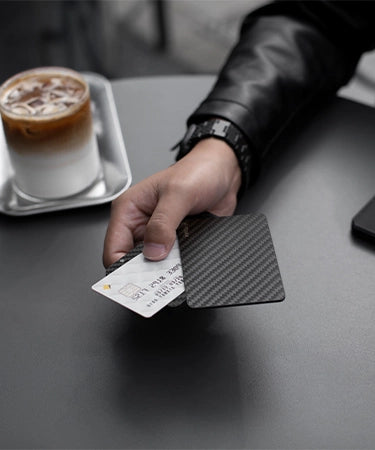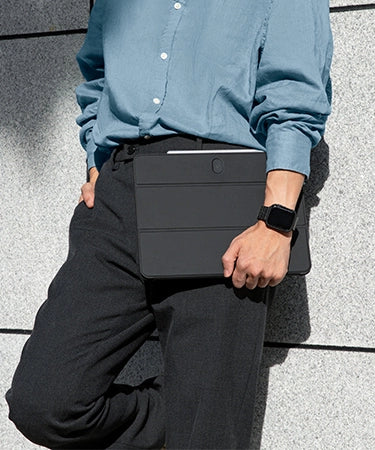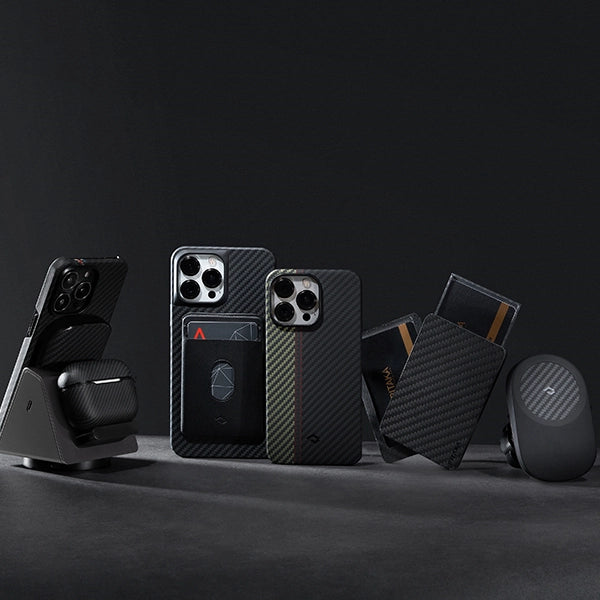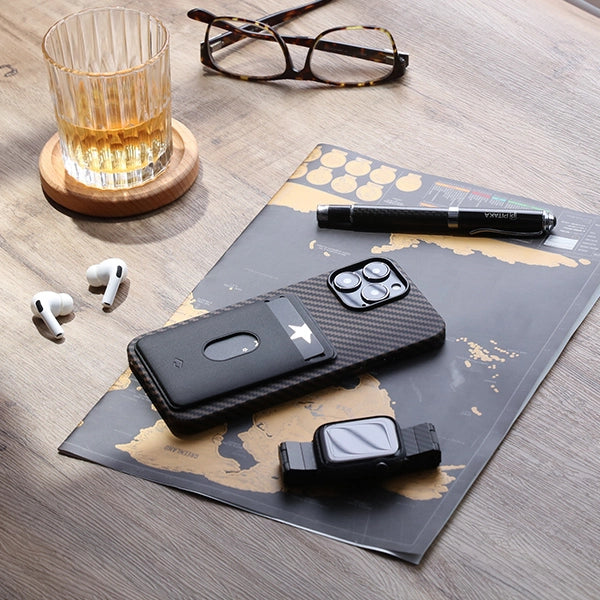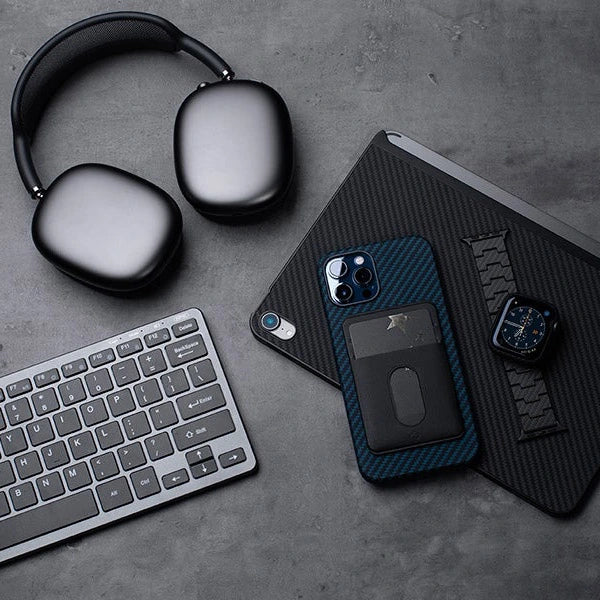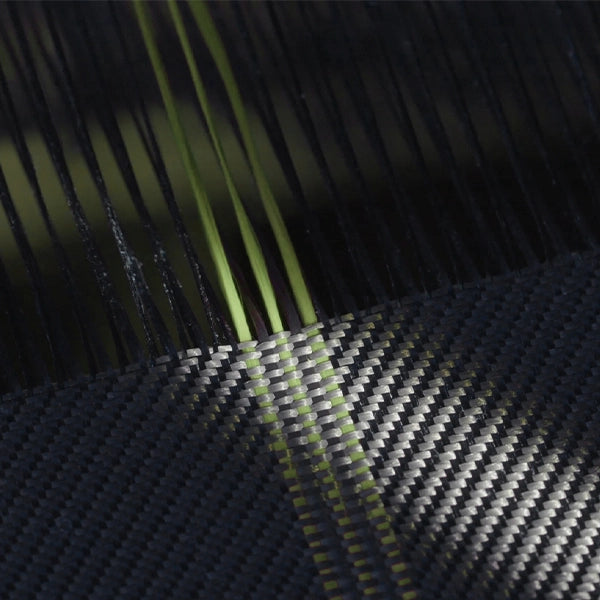
In previous blogs, we have talked quite a bit about the adoption of EMV credit/ debit cards, which are also known as "chip" cards both inside and outside of Europe.
Also, you will probably be aware, EMV cards are starting to have a global impact on the way we purchase goods. In the early part of 2017, it’s fair to say that almost every wallet would be holding at least one new EMV card with its complementary shiny, metallic square containing an integrated circuit on the front of it.
And one of the largest regions, the USA, which up until recently as being slow to adopt this technology is now starting to witness massive changes in their payments infrastructure, primarily through the use of EMV cards.
It’s estimated that nearly 90% of American households are using chip cards for daily transactions and by the end of 2017 as much as 79 percent of all US ATMs will have been migrated over to supporting chip cards.
“The volume of chip-on-chip transaction has been growing at a steady rate, but we need to accelerate merchant enablement to reach critical mass and meet the goal of the chip migration: removing in-store counterfeit card fraud, the largest source of fraud in the U.S., from the system,” said Randy Vanderhoof, director of the U.S. Payments Forum.
As of July 2016, 88 percent of Mastercard U.S. consumer credit cards have embedded chips on them, representing a 105 percent increase in chip card adoption since the liability shift on October 1, 2015. It also sees 2 million chip-active merchant locations on its network, a 468 percent increase in chip terminal adoption since October 1, 2015. Two million merchants account for almost 33 percent of all U.S. Merchants.
Since January 2017, Visa has issued approximately 400 million chip cards in the US, marking a 105% year-over-year increase. That’s roughly 47% of all Visa cards in the U.S. market. Merchant adoption keeps rising as well with 1.75 million Visa merchants now accepting chip cards, up by 110,000 since the Q4 of 2016 and an increase of more than 1 million since November 2016. This represents a significant figure of transaction volume because most major merchants accept EMV cards. As more small business warm to the idea of EMV and upgrade their readers, partly driven by the fraud protection benefits they can reap, it’s likely this figure will continue to rise steadily.
That’s a good sign.
The march of the EMV/chip cards is slowly increasing, and their worldwide dominance as the card of choice is growing steadily. Much of this is largely due to a common belief that EMV cards are more secure than magnetic stripe cards. Interestingly, a separate Visa survey found that 35% of consumers (the highest percentage of the survey) believed that chip cards are the safest way to pay. Consequently, consumers seem to be adjusting to the changes that chip cards bring, now preferring to use the chip on their cards rather than swipe the magnetic strip.
Now, yes, it is true that chip transactions are safer than swipe transactions.
However, if you were to think that chip cards are the safest way to pay, unfortunately, you are WRONG!
The real truth is, there are two types of EMV card – the first is one is chip-only card that supports chip only transactions whilst the second card is one with a chip and a magnetic stripe, this latter card supports both chip and swipe transactions

It might be an idea to have a look at the cards in your wallet now, it’s possible that you still hold some cards with are both chip and stripe cards.
So, why is this? Surely, the EMV card method was rolled out to stop magnetic stripe cards and make things more secure, stopping the criminals who commit credit card skimming fraud. So, what is the point in holding onto the stripe?
Well, the answer is simple; it’s to retain compatibility
Keeping the stripe on the back of the card will ensure that customers can complete their card transaction with their EMV card at retailers who haven’t upgraded their swipe-supported POS terminals to chip-supported terminals.
The fact is, the EMV chip cards are in a stage of transition from ‘old’ method to ‘new’ method and until this is complete, the dual chip/stripe card will continue to exist. Most people will have at least one chip and stripe, so if you find yourself at a point-of-sale terminal and you are not sure whether to chip or swipe your card, have no fear, the terminal will walk you through the process.
Great, now that we’ve cleared that bit up, what about the point I mentioned earlier, is a card with chip & stripe more secure than a card with just a magnetic stripe?
The answer is, well......... it all depends.
It all depends on what method of transaction is used. If it’s a chip transaction, it’s more secure than magnetic stripe card transaction; however, if it’s a swipe transaction, then it is no different to the old, antique, magnetic-stripe only card.
It is worth understanding a bit more about how the magnetic stripe can be easily hacked. Check the below video, and you see how simple and scary it is to skim a magnetic credit card.
Do you see what I mean now? This is why your magnetic stripe cards, and your chip card with a magnetic stripe are still vulnerable. With these cards, your information is stored on the magnetic stripe as well as the chip, so wherever there is credit card fraud in the world, these cards are still at risk.
So, how serious is the magnetic stripe card fraud? Check out a part from our previous post “Are you still using a ‘Traditional’ magnetic stripe credit card just like your grandfather did” which discusses the extent and seriousness of card fraud.
“Shockingly, 46% of Americans have been the victim of credit card fraud in the past 5 years.
A report from Barclays found that 47% of the world's credit card fraud happened in the U.S. alone.
The Nilson Report estimates that in 2016, losses topped $24.71 billion, which is a 12% increase over the previous year.
Approximately 37% of all credit card fraud in the U.S. is related to counterfeit cards.
...”
OK, let's just review why a chip card transaction is more secure than magnetic stripe transaction.
“The chip card uses different technology and different processes. So what you have now is, every time an EMV card is used for payment, the onboard microprocessor creates a unique transaction code that cannot be used a second time. Therefore, the chip cards stay safe even if the information was hacked because the information changes and this makes things extremely difficult for the fraudster when trying to create a counterfeit card.”
Can you see what I have been talking about here? A chip only card transaction is very secure and hard to hack but a card with a chip and stripe is far less secure and much more likely to be hacked.
This means that if your chip card still has a stripe on it, you should be very careful with it because your personal information could still be hacked.
In China, a recent notice issued by People’s Bank of China, claimed that all banks must shut down the magnetic stripe transaction of chip & magnetic stripe card to ensure the safest transaction and the further promote the use of the chip only card.
This should be regarded as a major signal that the end is in sight for the magnetic stripe cards and one day we will all have chip-only cards.
On most occasions, we’re told that the EMV/ chip cards are “secure,” and we love the chip. It offers us a full sense of security so we let our guard down. It’s easy to be like this, but, in situations where there is no chip reader system, the added security a chip offers doesn’t make any sense.
So the next time you use your card, check with the retailer on whether it will be a chip or card-swipe transaction. If it’s a chip transaction, you can feel safe in the fact that the transaction is secure, but if it’s a card-swipe, perhaps you should dig around for some cash instead!
If nothing else, remember this. The sooner you push to get rid of the ‘antique’ cards with a magnetic stripe, the sooner your personal data will be completely secure.
Of course, you could also go that extra step and arm yourself with a stylish PITAKA Carbon Fiber wallet which will also securely protect your card from RFID theft too.
